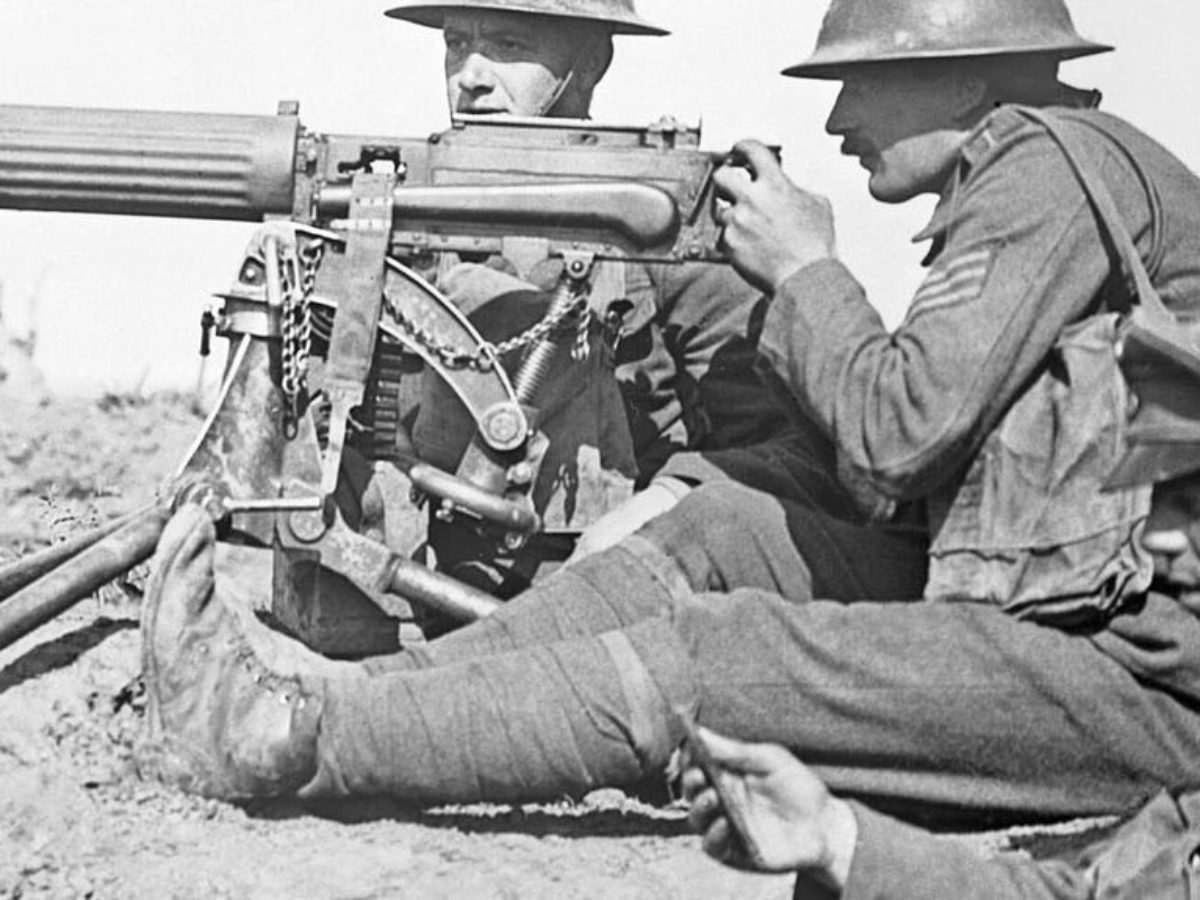Depending upon the gunner and conditions, a barrel change might be required as typically as every 200 to 250 rounds. When the hot barrel was eliminated, it was set aside till it was cool enough to use once again. Machine-gun teams would have as many as 6 spare barrels on hand.
Driving through a just recently secured location in Belgium, the sharp-eyed Liniewski identified the abandoned weapon in a field. Liniewski then did what any unsupervised GI would have carried out in that position; he stopped his truck and seized the chance to snag a fantastic keepsake for the folks back house. As a support soldier, Liniewski was not familiar enough with weapons to dismantle his MG-42, so he held on to it for a while until he discovered a camp where German prisoners of war were being held.
The weapon remained in the Liniewski household up until 2016 when his boy Marty donated the weapon to the Museum. In spite of its propensity to overheat, the MG-42 was an outstanding weapon that was light-years of ahead of the US equivalent, the Browning M-1919A4 gatling gun. Germany produced approximately 400,000 MG-42s throughout the war, some of which are still in active duty.
Taken together, all these weapons offered the Red Army a more useful variety of assistance weapons, better able to challenge the Germans for fire superiority on the battlefield. Fully detailed, this study explains the innovation and the techniques of these machine weapons. Kept in mind authority Chris Mc, Nab sets out how these gatling gun were dispersed and tactically used and provides many examples of the weapons in action, from assault groups on the streets of Stalingrad to tank crews having a hard time for survival at Kursk.
Rumored Buzz on How The Machine Gun Revolutionized World War 1 Combat
Illustrated with high-quality photos and specifically commissioned artwork, this is a deep analysis of these vital tools of warfare within the Soviet forces.
Taken together, all these weapons gave the Red Army a more practical series of support weapons, better able to challenge the Germans for fire supremacy on the battlefield. Completely illustrated, this research study explains the technology and the techniques of these gatling gun. Kept in mind authority Chris Mc, Nab sets out how these gatling gun were dispersed and tactically used and provides various examples of the weapons in action, from attack groups on the streets of Stalingrad to tank crews struggling for survival at Kursk.
Illustrated with top quality photos and specially commissioned artwork, this is a deep analysis of these essential tools of warfare within the Soviet forces.
The gatling gun business, commanded by a captain, had an assigned strength of 6 commissioned officers and 172 employed guys, and carried 16 weapons, 4 of which were spares. Within the company there were three platoons and a head office area. A first lieutenant led the first platoon, while 2nd lieutenants led squads 2 and three.
The Ultimate Guide To 5 Deadliest Machine Guns Of World War I


Within each section were two gun squads, each with one gun and nine men, led by corporals. The gun team had one combat cart, pulled by a mule, to transport its gun and ammunition as close to the shooting position as opponent fire permitted. From there the teams moved the weapons and ammo forward by hand.
It had just two companies, identical to the other maker weapon companies in terms of personnel and weapons. Each weapon team utilized a special motor car to transport its workers, weapon and devices.
In this role the weapons were positioned 300 to 1000 meters to the back of the front line. When they employed their weapons in that fashion, the maker weapon officers frequently ran into opposition from the rifle business commanders, who preferred to have the weapons farther forward, fearing that their infantrymen would be at risk of roaming low rounds as they advanced under the overhead gatling gun fire.
They quickly discovered that the machine weapons were high concern targets for enemy fire, and that it was useful to have the guns at some range from the infantry positions. Considering that enemy gatling gun postured the greatest threat to the assaulting troops, the device gun teams made every effort to find the enemy guns and to focus their fire upon them.
Unknown Facts About German Machine Guns Of World War I
A proportion of the guns was kept back as a reserve under command of the machine gun officer. 6Machine weapon tactical teaching dictated that in the defense the Hotchkiss guns need to just rarely be situated within 100 backyards of the front line and that at least two-thirds of the weapons need to be echeloned back through the whole defensive position, situated so that surrounding guns would be mutually supporting.

7 To discover other features on the go to our THE DOUGHBOY CENTER wishes to continuously broaden this feature. Additions and discuss these pages might be directed to:.
I was impaled on this. My only fear was that he would push the trigger which would have made a hell of a mess. In the meantime, my sergeant who was near he saw me; can be found in close; shot the fellow and then hoisted me, with the aid of another guy, off the bayonet.
A bayonet wound straight it goes in it harms and the withdrawal is most likely further anguish than the 'putting in' due to the fact that the 'putting in' is instant. Another type of weapon was the trench club.